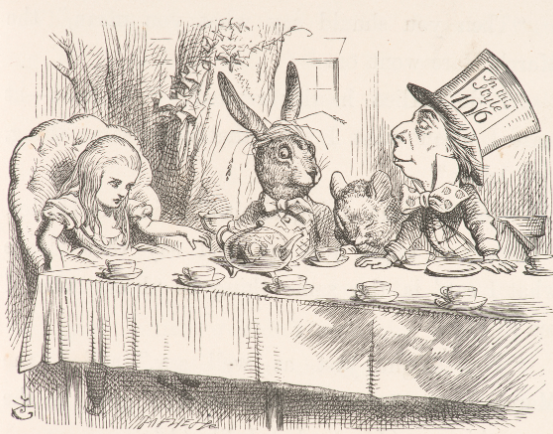The Illustrated Alice in Wonderland remains a significant cultural and artistic work, capturing the imagination of readers through its whimsical narrative and striking visuals. The collaboration between Lewis Carroll and illustrator John Tenniel set a unique benchmark in literature, inspiring countless adaptations and artistic interpretations. This legacy continues to influence artists, illustrators, and storytellers today.
The Unique Collaboration of Lewis Carroll and John Tenniel
When Lewis Carroll penned “Alice’s Adventures in Wonderland,” he sought to create a fantastical universe that would both entertain and provoke thought. John Tenniel’s illustrations brought this surreal world to life, offering readers visual cues that deepened their understanding of the story’s intricate layers. His distinctive style balanced whimsy with a touch of Victorian sensibility, making the characters memorable and relatable. This collaboration not only enhanced the reading experience but also established a dialogue between text and imagery that has endured for over a century.
The Artistic Influence on Future Generations
The impact of “The Illustrated Alice in Wonderland” extends far beyond its initial publication, fueling a plethora of artistic interpretations across various mediums. Artists like Salvador Dalí and Yayoi Kusama have drawn inspiration from Carroll’s absurdist narrative, incorporating elements of “Alice” into their work. The timeless themes of identity and transformation resonate with contemporary audiences, encouraging artists to explore these motifs through modern lenses. Consequently, Alice’s influence can be seen in graphic novels, animated films, and fine art, ensuring her place in the pantheon of cultural icons.
Modern Adaptations and Reinterpretations
In recent years, adaptations of “Alice in Wonderland” have taken on various forms, from immersive theater experiences to avant-garde art exhibits. These reinterpretations often challenge viewers to engage with the source material in innovative ways, reimagining familiar characters and settings. Digital art has also played a crucial role in revitalizing Alice’s legacy, allowing artists to create interactive visuals that amplify the story’s surreal essence. This ongoing exploration illustrates the story’s versatility and relevance, reaffirming its status as a beloved classic that continues to inspire artists and audiences alike.
As we dive deeper into the artistic legacy of “The Illustrated Alice in Wonderland,” we uncover its lasting influence on creativity and imagination. Whether through Tenniel’s original illustrations or modern adaptations, the essence of Alice continues to enchant and provoke thought. Explore this enchanting world further, and consider how its themes resonate in today’s creative landscape.
